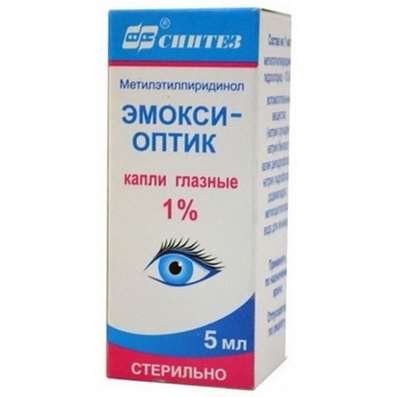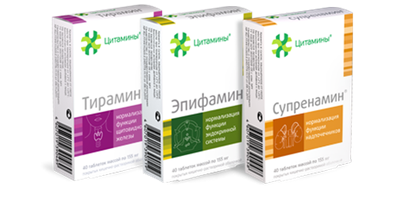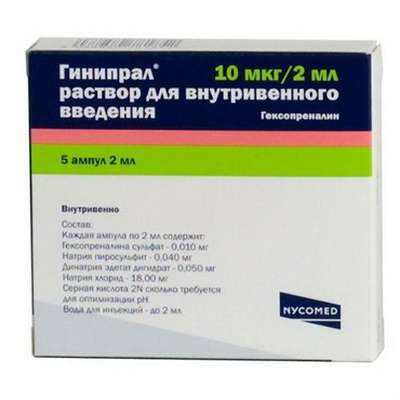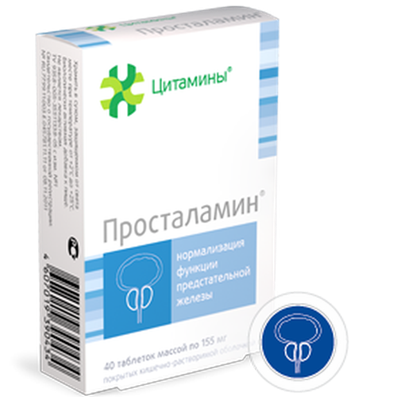Instruction for use: Inokain
I want this, give me price
Dosage form: eye drops
Active substance: Oxybuprocaine*
ATX
N01BA Esters of aminobenzoic acid
Pharmacological groups:
Local irritants
Ophthalmic products
The nosological classification (ICD-10)
H599 * Diagnosis / Diagnosis of Eye Diseases: Iris Angioscopy; Gonioscopy; Diagnosis in ophthalmology; Differential diagnosis of the type of eyeball injection; Investigation of the fundus; Investigation of the fundus and lens; Monitoring the condition of the posterior segment of the eye; Mydriasis; Examination of the retina during surgery; Examination of the retina during surgery; Retinal examination after surgery; Retinal examination after operations; Determination of the true refraction of the eye; Determination of refraction; Determination of refractive error with a sciascopy; Ophthalmologic diagnostics; Ophthalmoscopy; Pupil dilated; Creating mydriasis; Creation of cycloplegia; Fluorescence angiography of retinal vessels; Electroretinography
Z100.0 * Anesthesiology and premedication: Abdominal surgery; Adenomectomy; Amputation; Angioplasty of the coronary arteries; Carotid artery angioplasty; Antiseptic treatment of skin in wounds; Antiseptic treatment of hands; Appendectomy; Atheroctomy; Balloon coronary angioplasty; Vaginal hysterectomy; Venous bypass; Interventions on the vagina and cervix; Interventions on the bladder; Interference in the oral cavity; Reconstructive-reconstructive operations; Hand hygiene of medical personnel; Gynecological Surgery; Gynecological interventions; Gynecological operations; Hypovolemic shock during surgery; Disinfection of purulent wounds; Disinfection of the edges of wounds; Diagnostic Interventions; Diagnostic procedures; Diathermocoagulation of the cervix; Long-term surgeries; Replacement of fistulous catheters; Infection in orthopedic surgical interventions; Artificial heart valve; Kistectomy; Short-term outpatient surgery; Short-term operations; Short-term surgical procedures; Cryotyreotomy; Blood loss during surgical interventions; Bleeding during surgery and in the postoperative period; Kuldotsentez; Laser coagulation; Laserocoagulation; Laser retinopathy of the retina; Laparoscopy; Laparoscopy in gynecology; Likvornaya fistula; Small gynecological operations; Small surgical interventions; Mastectomy and subsequent plastic surgery; Mediastinotomy; Microsurgical operations on the ear; Mukinging operations; Suturing; Minor surgery; Neurosurgical operation; Eclipse of the eyeball in ophthalmic surgery Orchiectomy; Pancreatectomy; Pericardectomy; The rehabilitation period after surgical operations; Reconvalence after surgical intervention; Percutaneous transluminal coronary angioplasty; Pleural Thoracocentesis; Pneumonia postoperative and post traumatic; Preparing for surgical procedures; Preparing for a surgical operation; Preparation of the surgeon's arms before surgery; Preparation of the colon for surgical interventions; Postoperative aspiration pneumonia in neurosurgical and thoracic operations; Postoperative nausea; Postoperative hemorrhage; Postoperative granuloma; Postoperative shock; Early postoperative period; Myocardial revascularization; Resection of the apex of the tooth root; Resection of the stomach; Bowel resection; Resection of the uterus; Liver resection; Small bowel resection; Resection of a part of the stomach; Reocclusion of the operated vessel; Gluing of tissues during surgical interventions; Suture removal; Condition after eye surgery; Condition after surgery; Condition after surgery in the nasal cavity;Condition after gastrectomy; Condition after resection of the small intestine; Condition after tonsillectomy; Condition after removal of duodenum; Condition after phlebectomy; Vascular Surgery; Splenectomy; Sterilization of surgical instrument; Sterilization of surgical instruments; Sternotomy; Dental surgery; Dental intervention on periodontal tissues; Strumectomy; Tonsillectomy; Thoracic surgery; Total gastrectomy; Transdermal intravascular coronary angioplasty; Transurethral resection; Turbinectomy; Removal of a tooth; Cataract removal; Removing Cysts; Removal of tonsils; Removal of myoma; Removal of mobile milk teeth; Removal of polyps; Removal of a broken tooth; Removal of the uterus; Removal of seams; Urethrotomy; Fistula of the luminal ducts; Frontoetmoidohaimorotomy; Surgical infection; Surgical treatment of chronic ulcers of extremities; Surgery; Surgery in the anus; Surgery on the large intestine; Surgical practice; Surgical procedure; Surgical interventions; Surgical interventions on the digestive tract; Surgical interventions on the urinary tract;Surgical interventions on the urinary system; Surgical interventions on the genitourinary system; Surgical intervention on the heart; Surgical procedures; Surgical operations; Surgical operations on veins; Surgical intervention; Vascular; Cholecystectomy; Partial resection of the stomach; Extraperitoneal hysterectomy; Percutaneous transluminal coronary angioplasty; Percutaneous transluminal angioplasty; Coronary artery bypass grafting; Extirpation of the tooth; Extirpation of infant teeth; Extirpation of pulp; Extracorporeal circulation; Extraction of the tooth; Extraction of teeth; Extraction of cataracts; Electrocoagulation; Endourological interventions; Episiotomy; Ethmoidotomy; Complications after tooth extraction
Composition and release form
Eye drops 0,4% 1 ml
oxybuproquin 4 mg
excipients: benzalkonium chloride; purified water
in bottles of dark glass with a dropper or in bottles-droppers plastic for 5 ml; in a pack of cardboard 1 bottle.
Description of dosage form
Colorless transparent liquid.
Pharmachologic effect
Mode of action - local anesthetic.
Pharmacodynamics
Local anesthetic; blocks nerve endings. It penetrates well into tissues at local appointments. Compared with tetracaine and other local anesthetics, it has less irritating effect on conjunctiva and cornea.
Surface anesthesia of the conjunctiva and cornea occurs 30 seconds later and lasts 15 minutes.
Pharmacokinetics
Inokain easily penetrates the stroma of the cornea after a single instillation of it into the conjunctival cavity. During the next 15 minutes, the stromal concentration of the drug decreases quantitatively, which causes a 12-15-minute period of anesthesia with a single instillation.
Clinical Pharmacology
0.4% solution of Inokain is widely used in ophthalmology, because after instillation into the eyes quickly causes a superficial anesthesia, has a slight irritant effect on the conjunctiva, penetrates well into the epithelium and practically does not have a damaging effect on it.
Indications for the drug Inokain
Local anesthesia in ophthalmology:
measurement of intraocular pressure (tonometry);
gonioscopy;
diagnostic scrapings of the conjunctiva;
extraction of foreign bodies and stitches from the cornea and conjunctiva;
short-term surgical interventions on the cornea and conjunctiva.
Contraindications
Individual hypersensitivity to the components of the drug.
Application in pregnancy and lactation
There is no sufficient experience on the use of the drug during pregnancy and breastfeeding. It is possible to use the prescribing doctor if the expected therapeutic effect exceeds the risk of possible side effects.
Side effects
Short-term tingling sensation; burning and congestion hyperemia; allergic reactions; keratitis (rarely).
Interaction
In the literature, negative or positive effects are not described with simultaneous administration of oxybuprocain and other conventionally used eye drops into the conjunctival cavity.
It was noted that oxybuprokain theoretically can reduce the antibacterial activity of sulfonamides.
Dosing and Administration
Locally, instilled in the conjunctival sac by 1 drop. Long-term anesthesia (up to 1 hour) provides three-fold instillation of Inokain with an interval of 4-5 minutes.
Overdose
Data on drug overdose are absent.
Precautionary measures
Sufficient experience in the use of the drug in children there. It is possible to use the prescribing doctor if the expected therapeutic effect exceeds the risk of possible side effects.
Special instructions
Applied only for instillations in the conjunctival sac. Do not use for injection.
Prolonged, repeated and prolonged use (as well as other local anesthetics) can lead to stable opacity of the cornea.
It is not intended for long-term therapy in the complex treatment of eye diseases.
During anesthesia, it is necessary to protect the eye from irritating chemical effects, foreign bodies and friction.
Shelf life of the drug Inokain
Do not use after the expiry date printed on the package.

 Cart
Cart





